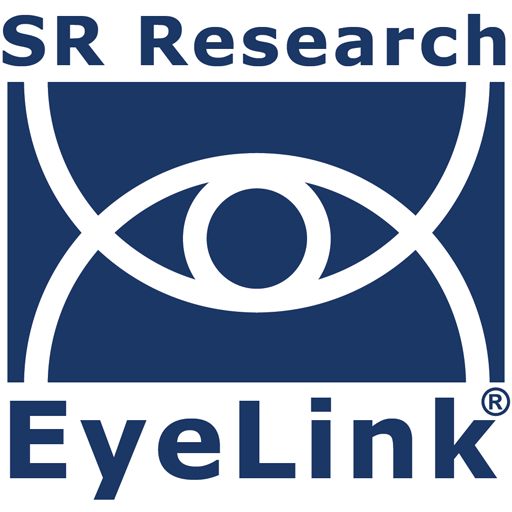
Eye-tracking technology has become an indispensable tool in language research, offering precise, real-time insights into how individuals process linguistic information. By measuring where and for how long a person fixates on words or phrases, researchers can investigate the cognitive mechanisms underlying reading, such as syntactic parsing, ambiguity resolution, and inferencing. In studies of spoken language comprehension, eye-tracking allows scientists to link eye movements to auditory input, revealing how listeners anticipate, interpret, and integrate meaning as speech unfolds. Eye-tracking provides a uniquely fine-grained window into the moment-by-moment processes that shape human language understanding.
Cutting Edge Eye Trackers for Language Research
The EyeLink 1000 Plus, EyeLink Portable Duo, and EyeLink 3 systems represent the gold standard for language research. Their exceptional spatial accuracy and high sampling rates (up to 2000 Hz) are crucial. Furthermore, their minimal latency is essential for capturing the rapid eye movements—or saccades—that occur during language processing. The portability of the EyeLink Portable Duo is perfect for conducting language research in naturalistic settings like classrooms or clinics. Meanwhile, the EyeLink 3 is ideal for studying the interaction of eye tracking and head movements in language production and comprehension. Eye tracking research in language covers numerous topics:
- Spoken Language Comprehension: Using the visual-world paradigm, researchers track a listener’s eye movements to objects in a scene to measure how quickly and accurately they process and understand spoken words and sentences.hich reveals the real-time speed of lexical access and processing.
- Sentence Processing in Real-Time: Researchers analyze a listener’s gaze patterns across a relevant visual scene to understand how the brain processes grammatical structure and resolves ambiguities as a sentence unfolds.
- Language Production Planning: By tracking a speaker’s eye movements as they prepare to describe a scene, this research investigates the cognitive link between visual attention and the planning of words and sentence structures before they are spoken.
- Infant Language Acquisition: Eye tracking provides a non-verbal method to study how infants and toddlers begin to link spoken words to objects, measuring the earliest stages of vocabulary comprehension.
- Language Development in Children: Eye tracking provides a non-verbal method to study how infants and young children begin to link spoken words to objects and how their sentence processing abilities develop over time.
- Second Language Listening Comprehension: This area examines the gaze patterns of second-language learners to understand how they use visual context to aid listening comprehension and to identify differences in their processing strategies.
- Sign Language Perception: Eye tracking is used to study how observers watch sign language, measuring the division of attention between the signer’s face for grammatical cues and their hands for lexical signs.
- Dialogue and Social Interaction: This research tracks gaze in conversational settings to understand how speakers and listeners use eye contact and joint attention to establish common ground and manage turn-taking.
- Figurative Language Comprehension: By tracking a listener’s gaze while they hear a metaphor or idiom related to a visual scene, researchers can measure the cognitive effort required to access the non-literal meaning of an expression.
- Neurolinguistics and Aphasia: This clinical research analyzes the eye movement patterns of individuals with brain damage to understand how language processing is disrupted by conditions like aphasia and to assess potential recovery pathways.
Case Study Examples of EyeLink Eye Trackers in Language Research
Integrated Software for Eye Tracking Experiments
EyeLink eye trackers are supported by a powerful suite of integrated software that simplifies every stage of the research process. Experiment Builder offers a user-friendly graphical interface for designing complex language experiments without the need for programming. For studies involving web-based stimuli, WebLink allows gaze to be recorded as participants navigate websites or interact with software or other dynamic content. Post-experiment, Data Viewer provides a comprehensive toolkit for visualizing, analyzin and reporting eye movement data. The systems also support integration with third-party software like E-Prime, PsychoPy, and MATLAB, giving researchers maximum flexibility.
The unmatched precision, flexibility, and robust software support make EyeLink systems the best eye trackers available for advancing the frontiers of language research.
For information regarding how SR Research products can help your research, please contact us. We are happy to help! To see peer-reviewed published research with EyeLink eye trackers, see our list of over 13,000 publications or our sample of case studies.





